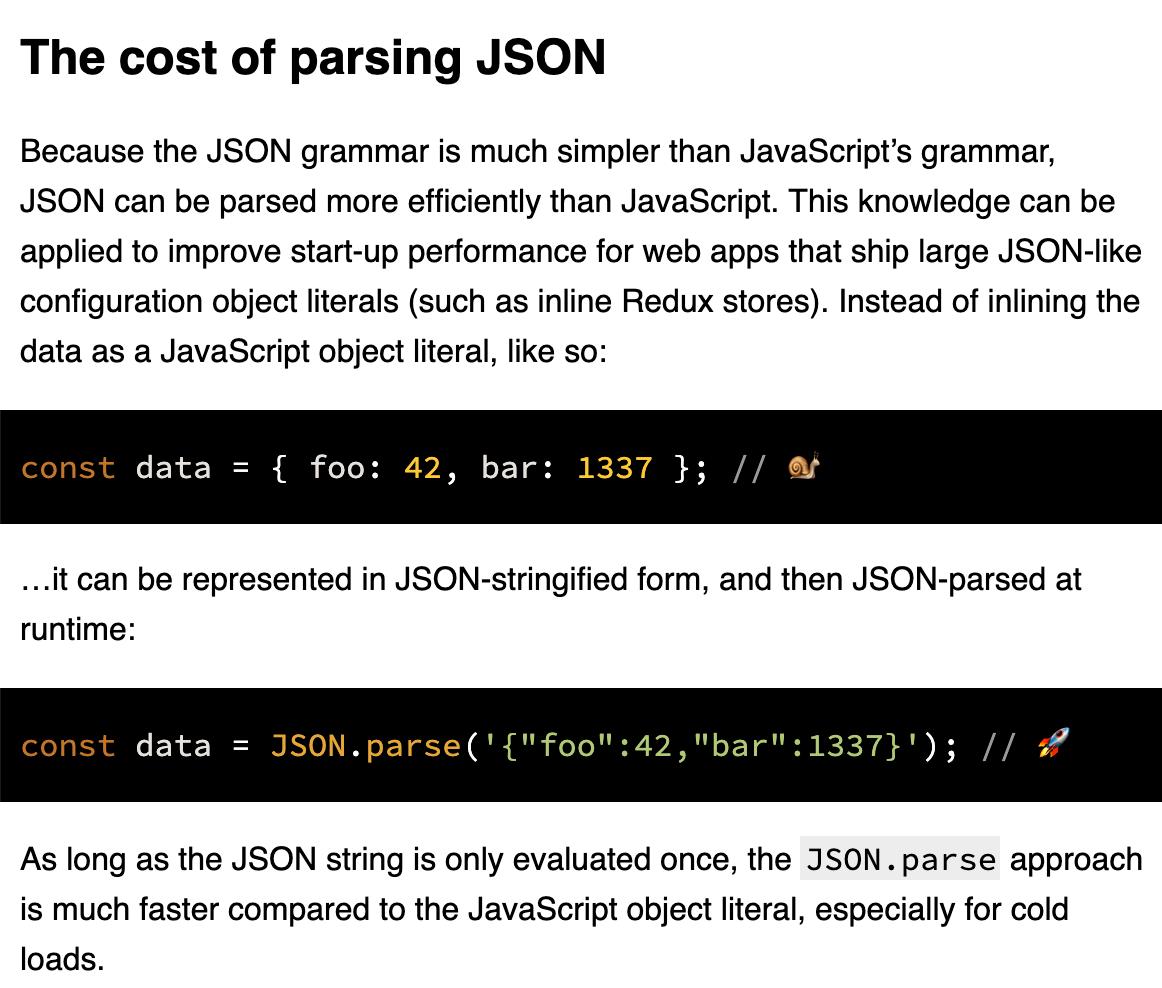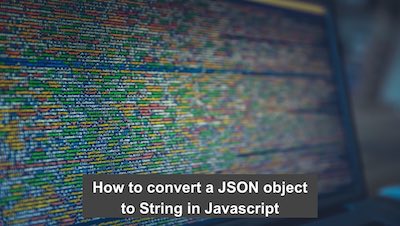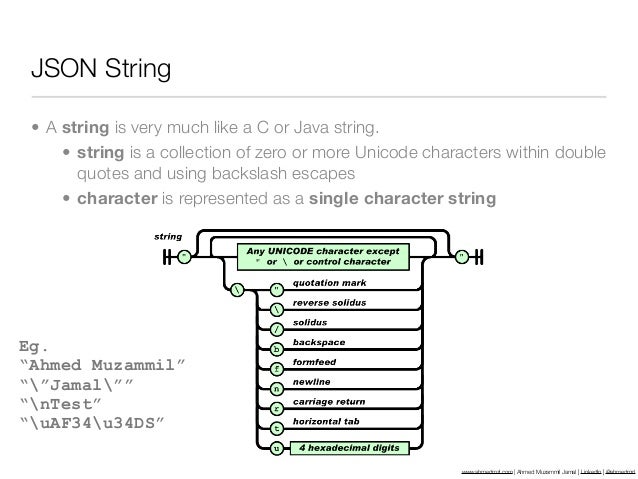
You can achieve that goal with the following: const fs = require ( "fs" ) // the. You can use JSON.stringify() to serialize a JavaScript object to a JSON string as follows: // defining a JavaScript object const user =
#JSON TO STRING JAVASCRIPT HOW TO#
Let’s now learn how to use these two methods. JSON.parse(): To convert a JSON string to the corresponding JavaScript array, object, or primitive value.JSON.stringify(): To convert a JavaScript array, object, or primitive value to a JSON string.


This exposes the following two static methods: JavaScript natively comes with the JSON object. Let’s now learn how to read and write with JSON in JavaScript. Since Web applications generally communicate in JSON format, JavaScript natively offers methods to convert a JavaScript object to JSON and vice versa. On the other hand, JavaScript is a weakly typed programming language used primarily for front-end and back-end development. Check our guide to learn more about the JSON format. JSON is a lightweight format, and its strengths are that it is easy for humans to read and for machines to parse. Specifically, JSON is a data exchange format based on a subset of JavaScript syntax. JSON stands for JavaScript Object Notation, and although it is clearly related to JavaScript, the two are not the same. Let’s dig into how to deal with the JSON format in JavaScript, both in the front and back end! JavaScript and JSON Specifically, you will see how to serialize and parse JSON in JavaScript and read and write JSON files in JavaScript with Node.js. In this article, you will learn everything you need to know to become an expert when it comes to using JSON in JavaScript. As many Web applications are built with JavaScript and use JSON to communicate, JavaScript developers must know how to work with JSON. JSON.stringify skips some JavaScript-specific objects, such as properties storing undefined, symbolic properties, and function properties. In detail, JSON is derived from JavaScript and shares a similar syntax to JavaScript objects. The JSON.stringify () method converts an object or value to a JSON string. That’s all for how to minify and pretty print JSON in JavaScript, If you liked it, please share your thoughts in comments section and share it with others too.JSON is one of the Web’s most widely used and popular data formats. Var newString = JSON.stringify(jsonObject, null, '\t') alert(newString) To minify json string, first we will convert it to an Object by using JSON.parse() method, then we will use JSON.stringify() method to minify it by passing space ( o ) as an argument. If nothing is provided then no white space will be used. If length of string is greater than 10, then only first 10 characters will be used as a white space. If it is a String, it is used as a white space. Based on the content of your question Id rather say you want to convert a string containing JSON into a JavaScript object/array. Maximum number which can be use is 10, any value greater than this will be adjusted to 10 where as any value less than 1 will indicate no space. 1 possible duplicate of Safely turning a JSON string into an object Manse at 8:55 3 Your title is misleading. space :- It is a String or a Number, which is used to insert white spaces into the output JSON string. If it is a Number, then it indicates the number of space characters to be use as a white space.If nothing is provided, all properties of the object will be included in the resulting JSON string. JSON can represent four primitive types (strings, numbers, booleans, and null) and two structured types (objects and arrays).

It can optionally modify or filter values if a replacer function/array is specified.

This method takes three parameters as an argument :. Java Script provide us a method JSON.stringify(), which can convert Java Script value or object to JSON string. In this tutorial, we will learn how to minify and pretty print JSON in JavaScript. How to minify and pretty print JSON in JavaScript :.


 0 kommentar(er)
0 kommentar(er)
